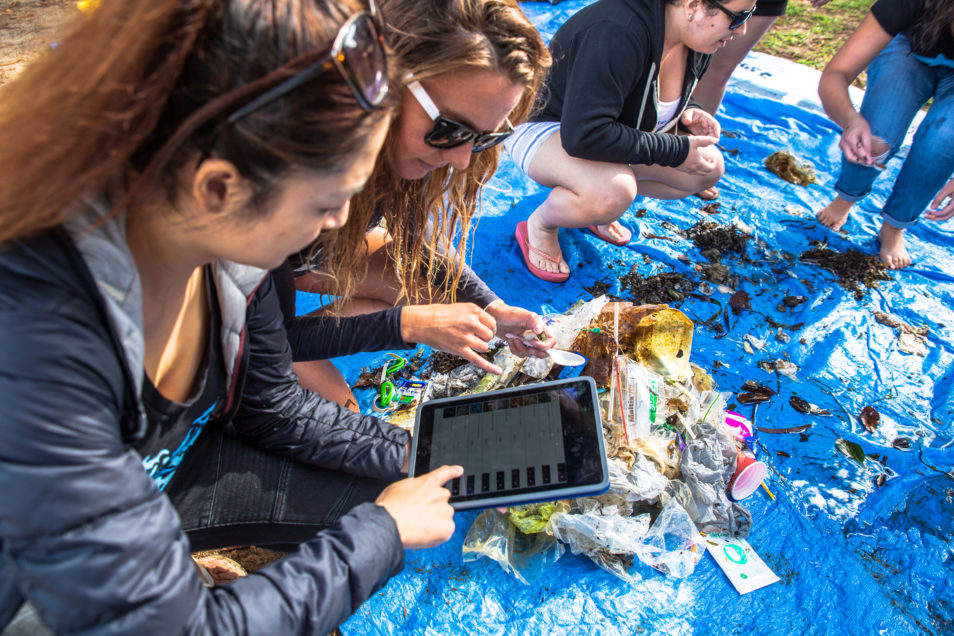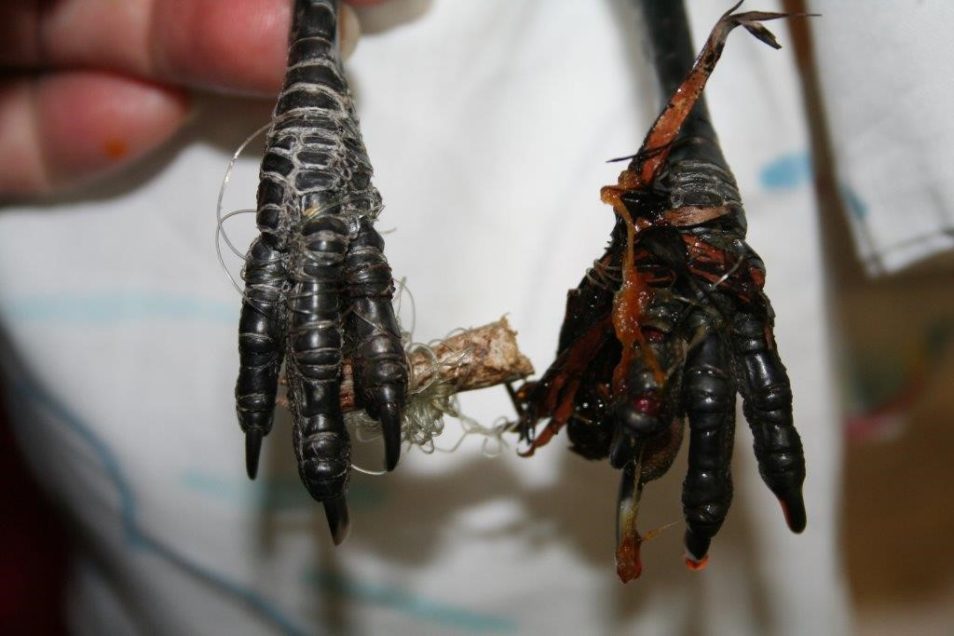Global S&T Development Trend Analysis Platform of Resources and Environment
| Sink or swim: marine debris on land vs seafloor | |
| admin | |
| 2020-05-20 | |
| 发布年 | 2020 |
| 语种 | 英语 |
| 国家 | 澳大利亚 |
| 领域 | 地球科学 |
| 正文(英文) |  Rubbish crusaders: the global citizen science community coming together to remove marine pollution and report the data from land and sea. Image: Emy Dossett Salty See Imagine you are walking along a beach. You spot pieces of rubbish – a plastic bag, a metal can, or cigarette butts. Would you find these same items just steps away below the ocean waves? Our scientists, in collaboration with Project AWARE®, and Ocean Conservancy, analysed 33.5 million pieces of rubbish spanning 86 countries from both land and the seafloor to find out. Together they conducted the largest global analysis of land and seafloor debris from two global, volunteer-based surveys: Project AWARE’s Dive Against Debris® seafloor survey and Ocean Conservancy’s International Coastal Cleanup of beach debris. The rubbish mismatchThe research had some interesting findings. It shows an overall mismatch between what pollution ends up on our coasts, compared to what sinks to the seafloor. On land, the most common litter includes cigarettes, plastic fragments, and food wrappers. The most common types of debris on the seafloor were fishing line, plastic fragments, and metal cans. The mismatch is influenced by what the item is made of, and whether it sinks or floats. Buoyancy, as well as the tendency to snag, most closely predicts whether an item found on the beach will also appear on the seafloor.  Marine debris can be a hazard for animals. They can become entangled by it or swallow it. Image: Pelican and Seabird Rescue Inc. Thirsty for solutionsAnalysing both land and seafloor surveys means we can get a bigger and better picture of what debris ends up where and what factors influence its distribution. Most of the pollution recorded (seven out of the 10 items) were wholly or partially comprised of plastics. These included plastic bags, plastic fragments, plastic beverage bottles and food wrappers. This research highlights the benefits of reducing, reusing, recycling and avoiding single-use items. By doing so, we can reduce, and ultimately prevent, plastic ending up in our environment. Marine debris can injure or kill marine life, suffocate critical ecosystems, is detrimental to tourism, compromises important fish stocks, and can potentially pose a health hazard to humans. Interestingly, the most common debris items recorded are associated with the beverage industry. Knowing these items are turning up as rubbish along our coasts and in our oceans is important. It means we can create targeted strategies for waste management. For example, we’ve already shown that container deposit legislation can reduce drink containers entering the ocean by 40 per cent. With the ongoing support of the global community through citizen science, we can gauge what rubbish is out there and reduce the amount of litter. That’s a win-win.  Some items you can find commonly both on land and the seafloor. Cigarettes are the most common debris you can find on land. Fishing line is the most common pollution you can find on the seafloor. |
| URL | 查看原文 |
| 来源平台 | Commonwealth Scientific and Industrial Research Organisation |
| 文献类型 | 新闻 |
| 条目标识符 | http://119.78.100.173/C666/handle/2XK7JSWQ/273878 |
| 专题 | 地球科学 |
| 推荐引用方式 GB/T 7714 | admin. Sink or swim: marine debris on land vs seafloor. 2020. |
| 条目包含的文件 | 条目无相关文件。 | |||||
| 个性服务 |
| 推荐该条目 |
| 保存到收藏夹 |
| 查看访问统计 |
| 导出为Endnote文件 |
| 谷歌学术 |
| 谷歌学术中相似的文章 |
| [admin]的文章 |
| 百度学术 |
| 百度学术中相似的文章 |
| [admin]的文章 |
| 必应学术 |
| 必应学术中相似的文章 |
| [admin]的文章 |
| 相关权益政策 |
| 暂无数据 |
| 收藏/分享 |
除非特别说明,本系统中所有内容都受版权保护,并保留所有权利。
修改评论